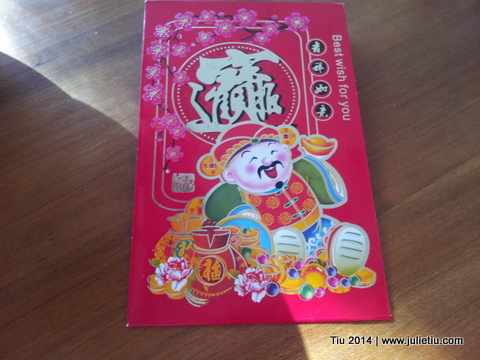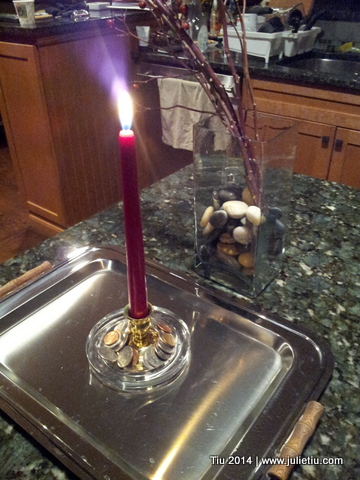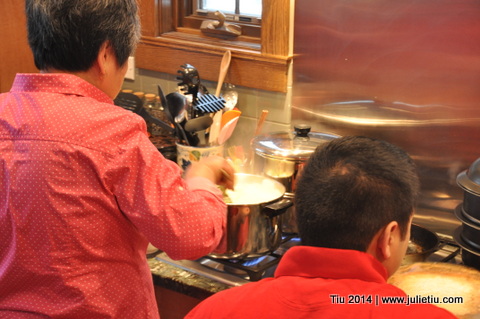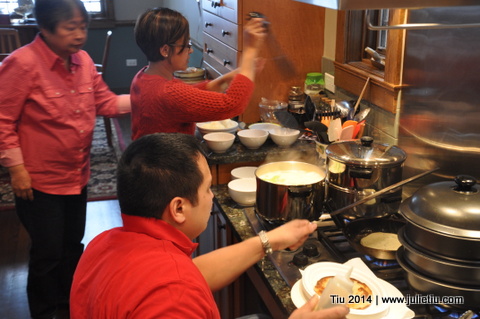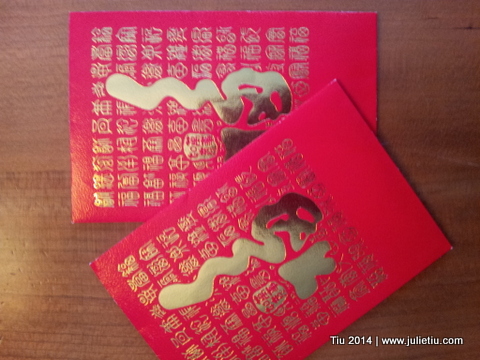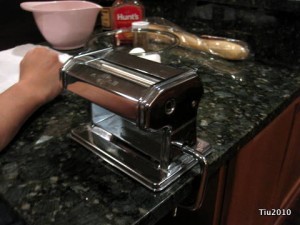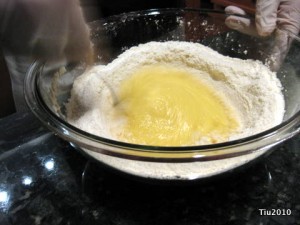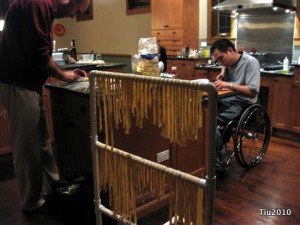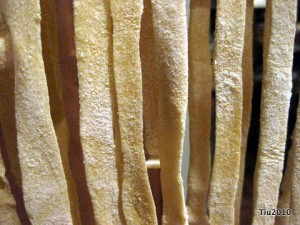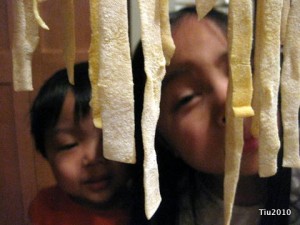** My original article posted on patch.com a few years ago, but the links are presently broken. Imagine the horror when I thought all my articles were deleted! But, I got in touch with the engineers, and hopefully they will have it up and running in the near future. Until then, I’ve updated a few things.**
This Friday, January 31, marks Chinese New Year, 4712 by the Chinese calendar, which is also known as the Year of the Horse. It’s a special year in our house with my daughter, brother, father, father and mother-in-law all celebrating their year. To set the record straight, I am not Chinese by heritage, but my husband is, and almost everything I know about Chinese New Year, I’ve learned from him and his family.
Chinese New Year is based on the date of the second New Moon after the Winter Solstice, so the date changes from year to year, but is usually sometime between late January to early February. Traditionally it is a fifteen-day celebration, so it is acceptable to celebrate anytime within two weeks of the beginning of the New Year.
On Chinese New Year’s Eve, we light a red tapered candle surrounded with coins… the candle symbolizes your parents’ lives, and coins for prosperity. Let the candle burn through the night for long life. (If you think I’m going to burn my house down, you won’t be the first one.)
My family typically has a wonderful brunch at my in-laws home to celebrate Chinese New Year, and sometimes, we wait until the weekend for more convenient scheduling. It’s not a particularly lavish brunch, but steeped in tradition and symbolism. And, we all wear red.
The color red is used whether in clothing, tableware or dishes, and the color was believed to ward off evil spirits. The word for red in Mandarin also means “prosperous”, so lucky word, lucky color – lucky red! Round or circular shapes are found throughout the meal since circular shapes are considered to be good luck.
Our kids will receive red envelopes (shown above, and first picture) from their grandparents and us, mom and dad. Again, it’s red symbolizing good luck, and to ward off evil spirits. The envelopes, ang pao (Fukinese) or hong bao (Mandarin), contain money – good fortune. Read on for the misua (noodle recipe)
